There a different types of FFL to choose from. Make sure you understand which FFL type is best for you.
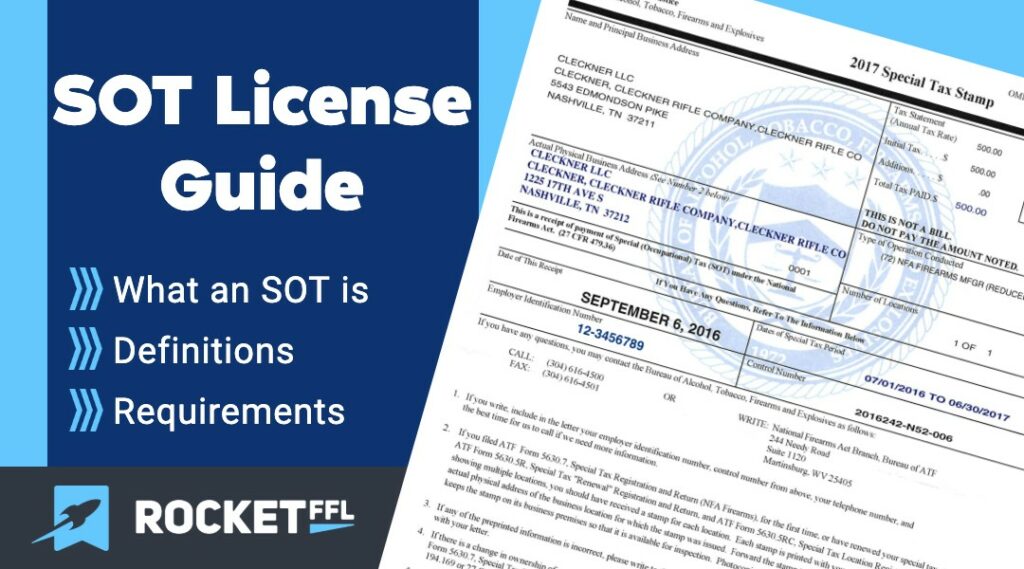
SOT License Guide [2025] – Everything You Need to Know
An SOT (Special Occupational Taxpayer) is an FFL (Federal Firearms Licensee) that makes or sells NFA firearms (silencers, machine guns, short barreled rifles, etc).
The SOT is a “taxpayer” because they pay a special annual tax in order to deal with a special class of firearms called NFA Firearms.
In this article I’m going to tell you everything you need to know about SOTs – but first, why should you listen to me? Simple, I’m a firearms attorney who has helped thousands get their FFL and become an SOT and I’ve represented and helped hundreds of FFLs stay out of trouble with the ATF.
SOTs are sometimes (incorrectly) referred to as someone who has a Class 3 License or even an SOT License.
These are incorrect because a Class 3 SOT is a type of taxpayer you can become (not an SOT license to have). The license held by an SOT is an FFL which is one of 9 types of FFL. And, an SOT can be one of three classes of taxpayer – either a Class 1, Class 2, or Class 3.
If this is confusing, don’t worry – government bureaucracy is a mess. That’s why we offer our Become an SOT course, to make everything simple.
The classes of SOT are:
- Class 1 SOT – Importer of NFA firearms
- Class 2 SOT – Manufacturer of NFA firearms
- Class 3 SOT – Dealer of NFA firearms
Another way the term “Class 3” is often used is when someone is calling an NFA Firearm a “Class 3 Firearm.” There is no such thing as a “Class 3 Firearm.”
Instead, an NFA Firearm, or a Title II firearm, (more on these below) is imported by a Class 1 SOT, or it is made by a Class 2 SOT. Then, a Class 3 SOT is the dealer that sells it. Therefore, the firearm being sold by the Class 3 SOT came first from a Class 1 or 2 SOT.
We’ll discuss each class of SOT more below.
SOT License – What is it?
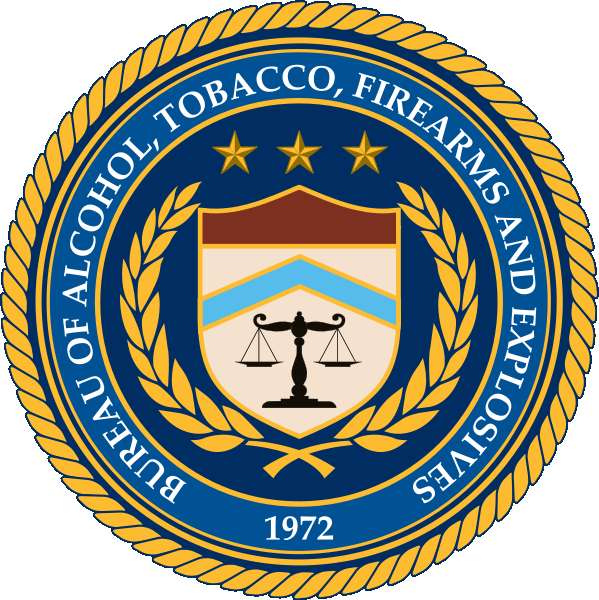
A special Occupational Taxpayer (“SOT”) is something that a Federal Firearm License (“FFL”) holder becomes to engage in certain business activities with National Firearms Act (“NFA”) firearms (also called Title II firearms) like short barreled rifles, silencers, and more.
Before we answer what an SOT is more fully, let’s first explore what an FFL is.
Q: What is an FFL? A: An FFL, or Federal Firearms License holder, is a person or entity engaged in the business of making and/or selling firearms. FFLs are gun dealers or firearm manufacturers.
The process to become an FFL is fairly straight forward. However, there’s a right and a wrong way to set it up.
SOT Licenses
There is a special class of firearms called NFA firearms (more on that next) that incur a special making and transfer tax each time the NFA firearm is made or changes possession. For most NFA Firearms, the transfer (or making) tax is $200.
This tax is paid by the maker of the firearm and, when it comes to transfers, the transferee of the NFA firearm (who it’s going to). Unless you are an SOT, the tax is paid per firearm.
FFLs, in order to avoid the per item tax, and also to have special permission to make them, sometimes elect to become an SOT in order to pay a once-per-year tax that exempts them from the per item tax.
The once a year tax is only $500 for smaller FFLs and most home-based FFLs.
As you can see, there’s a big benefit to becoming an SOT: with an SOT, you’re already saving money once you get your 3rd NFA firearm in a year ($600, 3 X $200, vs $500 once) and if you’d like to make NFA Firearms as a Type 7 FFL, then you’ll need an SOT by requirement.
What are NFA Firearms?
NFA Firearms are guns (silencers are legally considered to be firearms) that are regulated under the National Firearms Act of 1934.
NFA Firearms are also sometimes referred to as Title II firearms because the National Firearms Act is considered to be Title II of federal gun laws (The Gun Control Act of 1968 is Title I – even though it came about later). This is why an NFA item is sometimes referred to as a Title II Firearm.
NFA Firearms are:
- Silencer (or suppressor)
- Full-auto machine gun
- Short Barreled Rifle or SBR (rifles with a barrel less than 16″ or an overall length less than 26″)
- Short Barreled Shotgun or SBS (shotguns with a barrel less than 18″ or an overall length less than 26″)
- Destructive Device (grenades and certain types of ammunition)
- Any Other Weapon or AOW (pen guns, certain special handguns, etc.)
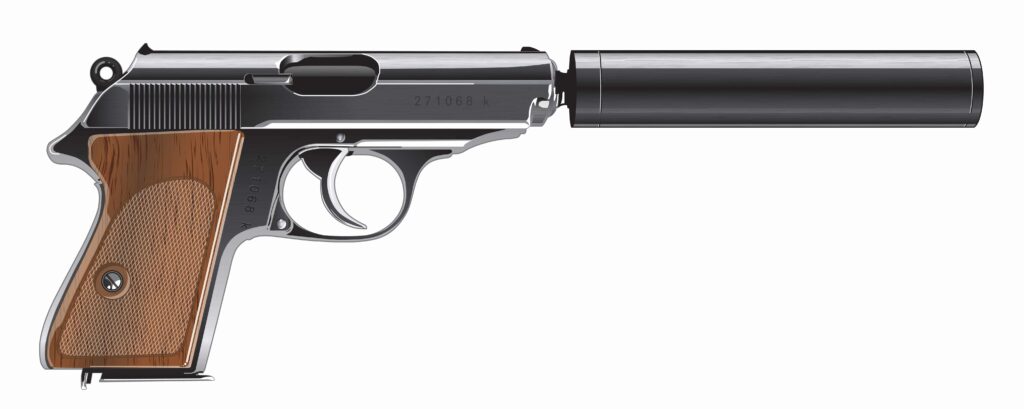
In order to purchase an NFA item, an individual must purchase the firearm from an FFL/SOT and then apply for the transfer with the ATF.
There are special requirements for owning a machine gun.
Transfer approval times for individuals take up to 10 months (or sometimes longer). Whereas, the transfer times for an SOT are typically only a business day or two. This is just one of the reasons we like having an FFL and an SOT – SOTs can get NFA firearms in a matter of days.
SOT Classes
There are three available types of SOT called “classes.” Each Class of SOT allows different activities with NFA Firearms.
Each one of these classes of SOT and firearm business purpose requires a different FFL type.
Here’s a table showing the SOT class, the purpose of that SOT, and the types of FFLs for each:
SOT Classes
| SOT Class | Purpose | FFL Types |
|---|---|---|
| Class 1 SOT | Importing NFA Firearms | Type 08 and 11 FFLs |
| Class 2 SOT | Manufacturing NFA Firearms | Type 7 and 10 FFLs |
| Class 3 SOT | Dealing NFA Firearms | Type 01, 02, and 09 FFLs |
Now, let’s dive a little more into each SOT class.
Class 1 SOT
A Class 1 SOT is the rarest type – this class of SOT is only for importing NFA Firearms and won’t apply to most people getting their FFL.
However, it should help you to remember that there’s no such thing as a “Class 3 Firearm” as there’s a good chance that the NFA Firearm you’re referring to actually started its life in our country through a Class 1 SOT.
This class of SOT receives NFA weapons from another gun dealer or manufacturer on an ATF Form 3 and typically sells them to a customer on an ATF Form 4 where the customer pays the transfer tax for the tax stamp.
In order to get a post-86 machine gun, a law enforcement demo letter is needed, unless the FFL from where the machine gun is coming is closing their SOT.
Class 2 SOT
A Class 2 SOT is the second most common class of SOT.
In order to manufacture an NFA Firearm, a Type 07 or Type 10 FFL must register as a Class 2 SOT.
The really cool thing about a Class 2 SOT is that it doesn’t just allow an FFL to manufacture NFA Firearms, it also allows that FFL to also deal/sell those firearms.
A Class 2 SOT costs $500 per year if the company makes less than $500k a year. If the company makes over $500k a year, then the Class 2 SOT costs $1,000 per year.
Class 2 SOTs can make a machine gun whenever they want (no LE letter needed), however, machine guns are only supposed to be made for potential law enforcement or government sales/use.
Class 3 SOT
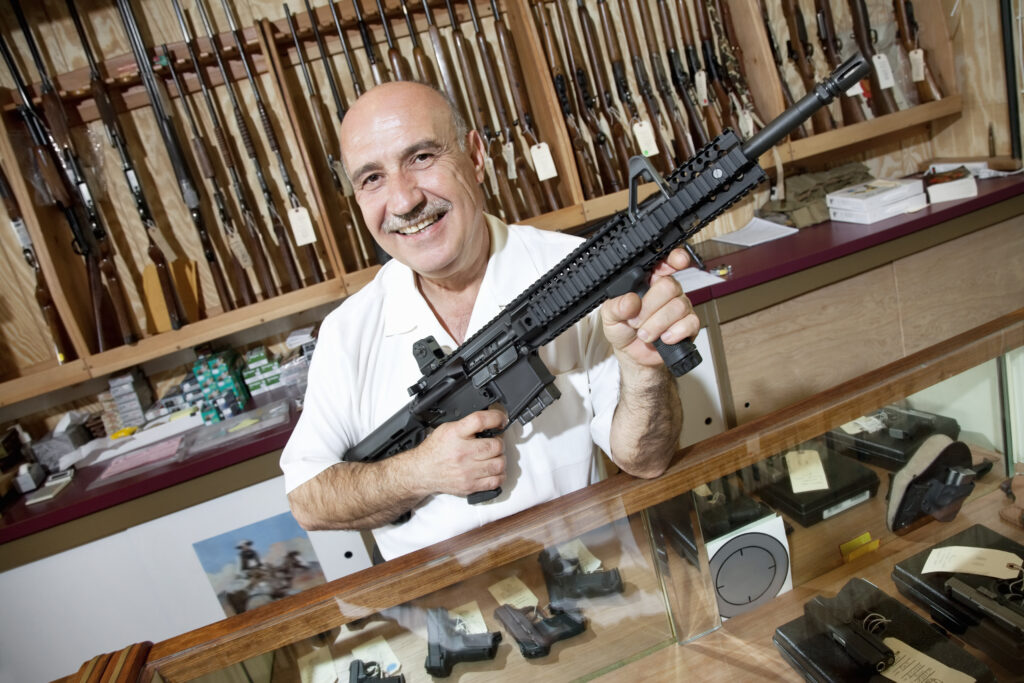
A Class 3 SOT is the most common type of SOT and the only type that many people are aware of because this is the Class of SOT that your dealer is from whom you’re purchasing an NFA Firearm.
A class 3 SOT may NOT manufacture their own NFA Firearms – they can only purchase them and sell them.
A class 3 SOT costs $500 per year for Type 01 and Type 02 FFLs.
How do I Become an SOT?
First, you need to get your FFL. Then, you can register as an SOT.
As a note, the special occupational tax is paid on a special SOT tax year which starts July 1 of each year. This means, if it’s Spring time, you’d pay the full tax up until the end of June and then again starting July 1. In this case, it’d probably be better just to wait and start July 1 to save money.
If you’d like help in this process, please check out our courses on becoming an FFL and getting an SOT.
What does it Cost to be an SOT?
An SOT pays the registration fee once per year. The SOT tax year starts on July 1st of every year, regardless of when the FFL pays the registration fee.
If the FFL business makes less than $500,000 a year, then the registration fee is $500 per year. However, if the business makes more than $500,000 a year, then some SOT classes and FFL Types pay more.
Here’s a table of the SOT registration costs by SOT class and FFL type:
SOT Registration Cost
| FFL Type | Under $500k | Over $500k | Class | Years |
|---|---|---|---|---|
| Type 01 | $500 | $500 | 3 | 1 |
| Type 02 | $500 | $500 | 3 | 1 |
| Type 03 | n/a | n/a | n/a | n/a |
| Type 06 | n/a | n/a | n/a | n/a |
| Type 07 | $500 | $1000 | 2 | 1 |
| Type 08 | $500 | $1000 | 1 | 1 |
| Type 09 | $500 | $1000 | 3 | 1 |
| Type 10 | $500 | $1000 | 2 | 1 |
| Type 11 | $500 | $1000 | 1 | 1 |
SOT FAQ
SOT FAQ
No. A class 3 SOT is required for an FFL Dealer to buy and sell NFA Firearms as part of a business. Other classes of SOT make and import the very same firearms sold by the dealer.
In most cases, it costs $500 per year to be an SOT.
There are 3 classes of SOT.
An SOT registration lasts one year.
An SOT registration expires on June 30th of each year, regardless of when the registration started.
An SOT is a taxpayer registration for an FFL to work with NFA Firearms.
SOT stands for Special Occupational Taxpayer.
NFA Firearms are a special class of firearms that carry extra registration and taxation requirements like silencers, short barreled rifles, short barreled shotguns, machine guns, and more.
To become an SOT, you first need to get your FFL and then register as an SOT by paying your yearly registration fee.
You don’t really “get” and SOT because an SOT is something that you become once you register and pay a tax as an FFL.
A Class 2 SOT is for manufacturing NFA Firearms like silencers, SBRs, and more. A Type 07 or Type 10 FFL can register as a Class 2 SOT.
A Class 3 SOT is for being a dealer of NFA Firearms like silencers, SBRs, and more.
That’s nearly impossible to answer, as there is no clear definition of an assault weapon. Can you own a full-auto machine gun or other automatic weapons (including a pistol)? Yes! Can you own an AR-style or AK-style rifle? Yes, of course, however, only anti-gunners call these “assault weapons” and no SOT is required.
It depends on your needs. For most purposes, we recommend an FFL and SOT because it allows you to make, buy, and sell firearms. A gun trust used to be a handy (and necessary) tool, but since the ATF made the process easier to not use a trust, we usually recommend against them.
Recommended Posts
111 thoughts on “SOT License Guide [2025] – Everything You Need to Know”
Leave a comment


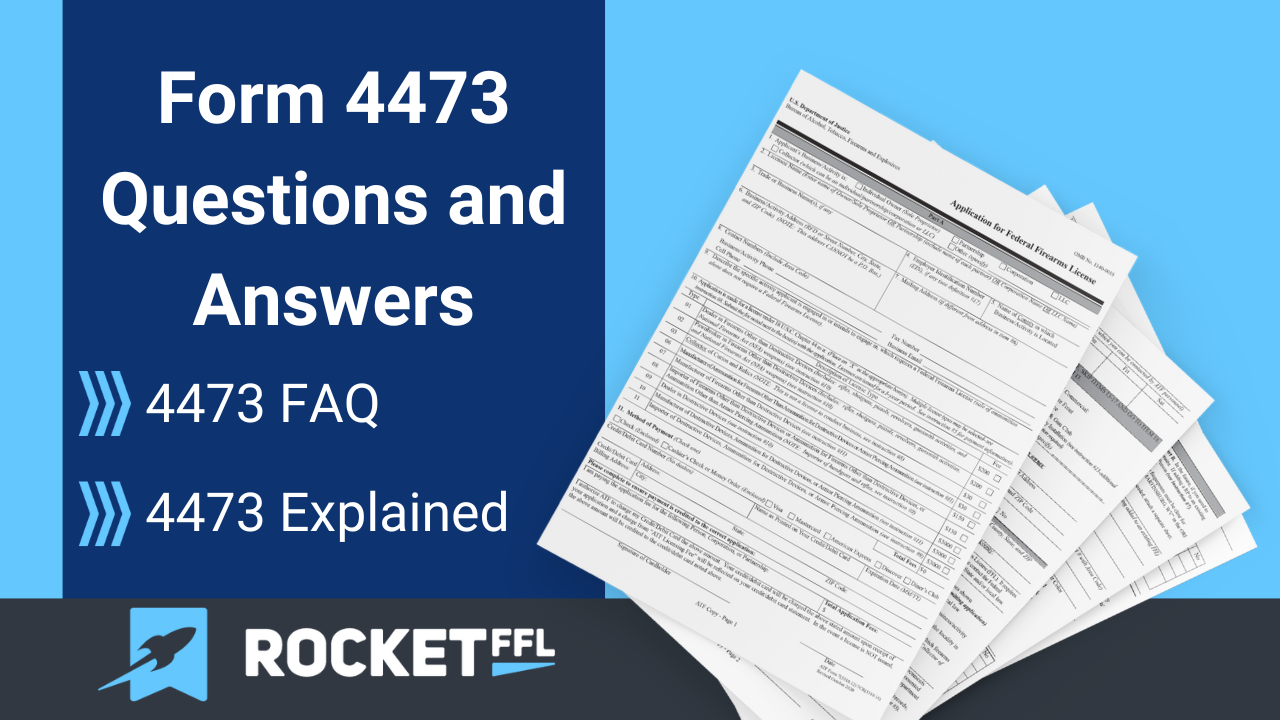
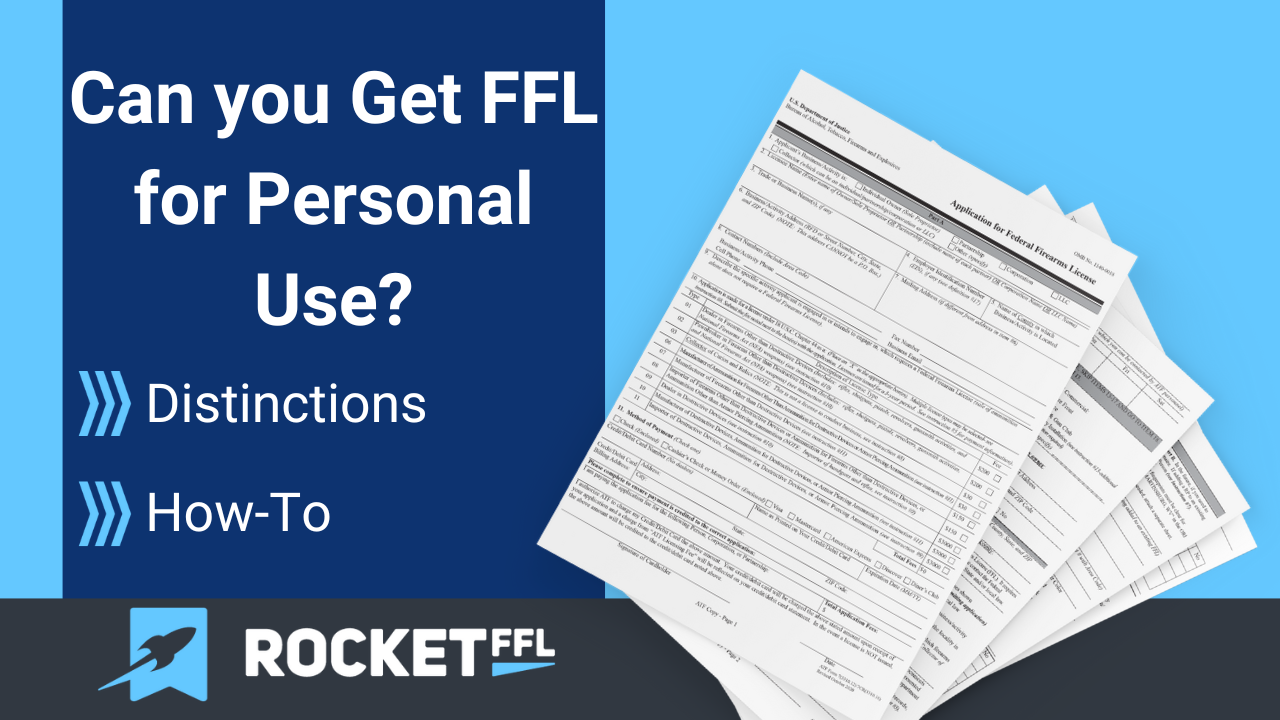
I applied for My class 3 SOT and took your course, Now it’s almost May. If it comes in before June will I have to pony up another $500 right off the bat?
It depends on which tax year you applied for.
Does getting a class 2/ 3 SOT allow me to buy a already built full auto gun from company. For example a M249 Saw from FN’s website or store?
It sure does! There are some extra steps, but that is how anyone who has a machine gun made by someone else got that machine gun.
Ryan, I have had my SOT for several years now (07 FFL as a corporation) and acquired several suppressors during that time. I would like to drop the SOT. It is my understanding that under the NFA handbook; 14.2.2 Corporations, partnerships, and associations going out of business. I am able to keep the suppressors even if I drop the SOT as long as the corporation remains in business. Is this correct?
Correct.
I am attempting to start a business with an FFL type 1 and also get a class 3 sot would a DWI (misdemeanor) bar me from getting either?
Hey Jesus! The short answer is that prohibited persons include anyone convicted of a crime which was punishable by over a year in prison, regardless of the sentence handed down. Ryan delves into this topic in the Get Your FFL start-up guide but you can learn more about it from him in a couple other ways also: Trigger Words Podcast – Episode #4 / Prohibited Persons & a RocketFFL article he wrote – “Prohibited Persons / Firearm Possession“. Hope this helps!
Do Type 10 FFLs with their Class 2 SOT still require an ITAR license if they are not manufacturing suppressors or fully automatic weapons after the March 2020 revisions of the USML?
There are some other changes to ITAR that should be considered here. We cover this and more in our ATF compliance course.